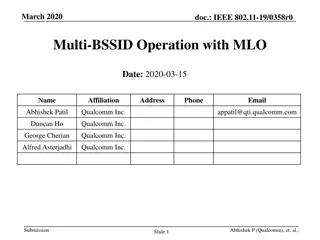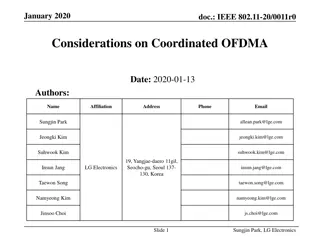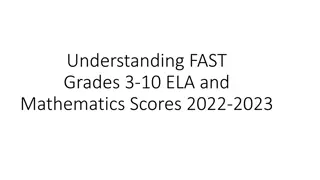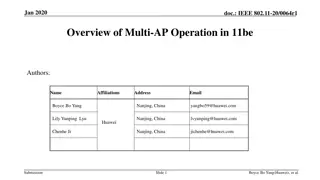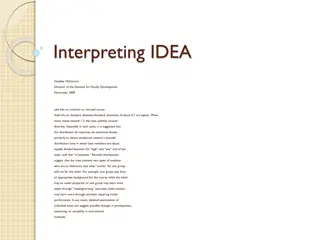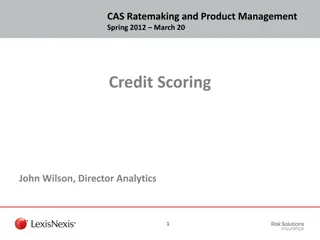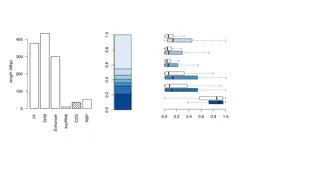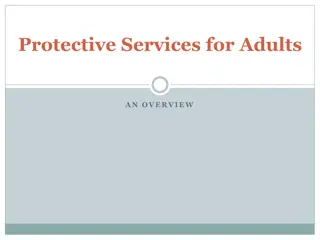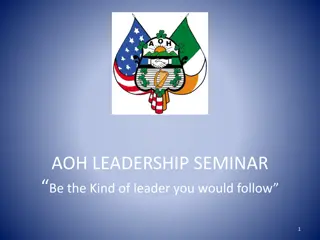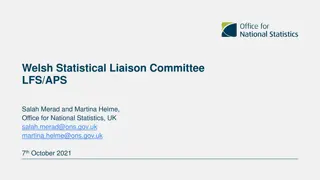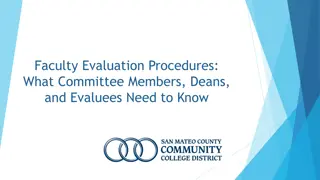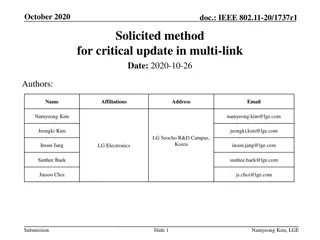Evaluation of Exhibits Using Point Scores: APS Committee Seminar Review
Explore the purpose, changes, and advantages of using point scores to evaluate exhibits in the 7th Edition of the APS Manual of Philatelic Judging and Exhibiting. Learn about the modifications to the manual, including the introduction of point scoring, new medal levels, and updates to evaluation forms for both general exhibits and youth categories.
Download Presentation

Please find below an Image/Link to download the presentation.
The content on the website is provided AS IS for your information and personal use only. It may not be sold, licensed, or shared on other websites without obtaining consent from the author.If you encounter any issues during the download, it is possible that the publisher has removed the file from their server.
You are allowed to download the files provided on this website for personal or commercial use, subject to the condition that they are used lawfully. All files are the property of their respective owners.
The content on the website is provided AS IS for your information and personal use only. It may not be sold, licensed, or shared on other websites without obtaining consent from the author.
E N D
Presentation Transcript
The Use of Point Scores to Evaluate Exhibits APS COMMITTEE ON ACCREDITATION OF NATIONAL EXHIBITIONS AND JUDGES
Sign in Sheet Complete sign in sheet for record of attendance. Handouts provided New UEEF from 7thedition Manual, available on APS website. New UEEF for Youth from 7thedition Manual, also available on APS website. Seminar Summary Sheet with details of the judges check list for evaluation criteria (7thedition Manual, p. 28). Version 2016-12 2
1. Purpose of Seminar Review 7th Edition, APS Manual of Philatelic Judging and Exhibiting Review and discuss: Changes to Manual Use and advantages of points Translation of points to meaningful feedback Procedures for judging using points Version 2016-12 3
2. 7th Edition of the Manual Two year effort involving 57 judges and exhibitors Public comment period provided additional input Final edition approved by APS Board August 2016 Effective January 1, 2017 Version 2016-12 4
3. Changes to Manual Name now includes Exhibiting All exhibits assessed using UEEF big 4 criteria Appendices provide suggested treatment outlines and typical content for exhibit types these are not rules Divisions eliminated, 4 classes remain General Class (all multi-frame exhibits regardless of type) One Frame Class Youth Class Literature Class Version 2016-12 5
3. Changes to Manual (continued ) Picture Postcards now part of One Frame, General or Youth Classes Experimental Exhibits (older special studies) described Topical Exhibits described Point scoring introduced New medal levels introduced (5 to 8), now including: Large Silver Large Vermeil Large Gold Rules for Shows and Philatelic Literature Judging chapters removed to their own dedicated Manuals. Version 2016-12 6
4. Changes to UEEF and Youth Evaluation Forms Percentages become points Point ranges reflect new medal levels Special point situations for thematic, topical and display exhibits Youth UEEF point ranges reflect new medal levels Version 2016-12 7
5. Advantages of Points More detailed focus on deficient areas More specific recommendations for improvement by UEEF criteria Better overall feedback for exhibitors Aids jury in deliberations for special awards Version 2016-12 8
6. Review of Point Breakdown Version 2016-12 9
6. Review of Point Breakdown (continued ) Review Seminar Summary Sheet Note the order of evaluation is different from the standard UEEF Best order to use for scoring Presentation, Treatment, Knowledge, Rarity/Condition, Importance Why do Importance last? The exhibit subject can best be evaluated after considering the entirety. Thematic, display and topical exhibits are weighted on the exhibit itself. Version 2016-12 10
6. Review of Point Breakdown (continued ) Point score in one criterion does not equate to the same point score in other criteria (e.g., silver treatment but gold knowledge ) Version 2016-12 11
6. Review of Point Breakdown (continued ) Start high or low? Chief and jury will decide process at each show. If choice is to start with highest points, reduce only as required by deficiencies that can be clearly articulated as feedback (UEEF and oral). If choice is to start in middle or low then increase only as can be defended by clear reasoning. Any point added or removed should be easily supported by fact. Version 2016-12 12
7. Judges Checklist for Pointing All judges should be knowledgeable of detailed criteria and the judges check list (Manual p. 28) Presentation = 5 points No distractions to interfere with treatment Visually interesting/attractive What % of Presentation does each point represent? Version 2016-12 13
7. Judges Checklist for Pointing (continued ) Treatment = 20 points Unambiguous title Purpose/intent/scope limitations Plan/statement/ organizing structure Logical/ balanced development by plan For One Frame Class consider fit What % of Treatment does each point represent? Version 2016-12 14
7. Judges Checklist for Pointing (continued ) Knowledge = 25 points Items necessary/ sufficient for treatment Accurate, complete and concise descriptions Accurate analyses and logical conclusions Key items are originals (no scans/copies) Thematic/Topical = philatelic/thematic/topical (element choice) + subject knowledge Display = subject knowledge (balance, element choice) + philatelic, deltiology/ephemera knowledge What % of Knowledge does each point represent? Version 2016-12 15
7. Judges Checklist for Pointing (continued ) Research and Personal Study = 10 points Evidence of significant personal study, or Evidence of original research Thematic exhibits combine knowledge + research/personal study as combined maximum 35 points divided equally 17 points = philatelic knowledge 17 points = subject knowledge What % of Res/Pers. Study does each point represent? Version 2016-12 16
7. Judges Checklist for Pointing (continued ) Rarity = 20 points Rarity = numbers extant vs. scarcity = $ value Rare items are identified and quantified What % of Rarity does each point represent? Version 2016-12 17
7. Judges Checklist for Pointing (continued ) Condition = 10 points Fine condition in context of time period/source/use Damaged or altered items noted What % of Condition does each point represent? Version 2016-12 18
7. Judges Checklist for Pointing (continued ) Importance = 10 points Importance to philately, region/country For thematic, topical and display exhibits = all points on exhibit importance Challenge and difficulty in creating exhibit Exhibit s importance to similar exhibits What % of Importance does each point represent? Version 2016-12 19
7. Judges Checklist for Pointing (continued ) Notes at frames and translation to UEEF Use UEEF or other sheet +/- judges checklist Point deficiencies should translate directly to suggestions for improvement on UEEF and orally All deficient areas need to have meaningful comments Low point areas require more comments than high point areas Be specific Not every criterion needs comments on the UEEF Version 2016-12 20
8. When to Reconsider? Before leaving the frames Briefly look at all borderline exhibits Ensure comparable exhibits are similarly pointed Adjust points as necessary Version 2016-12 21
9. Procedures for Judging Using Points Chief Judge will determine procedure for the given show Depends on size of show Number of teams Jury calibration on points Order of exhibits Use of first responder to lead frame discussion Conflict resolution Timing Review of UEEFs Special award assignments Version 2016-12 22
Questions? Group Findings and Facilitated Discussion Version 2016-12 23
Wrap up and Knowledge Gained If you arrived late and did not sign in, please do so before leaving. Version 2016-12 24



